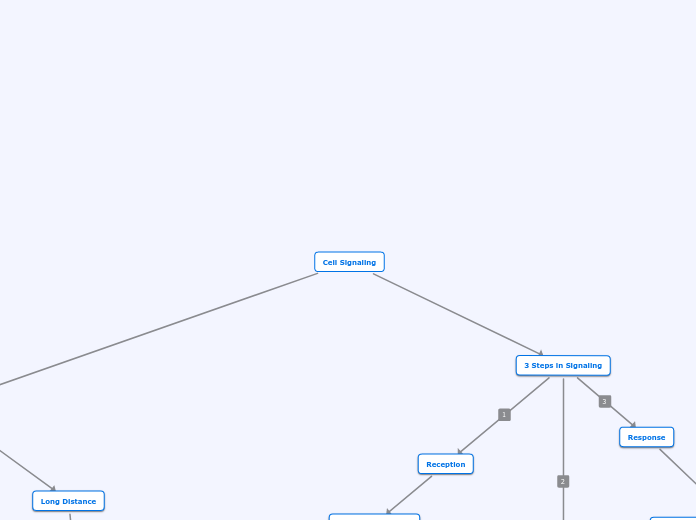a Precious Obasi 5 éve
1471
Cell Signaling

a Precious Obasi 5 éve
1471

Még több ilyen
Ion Channel Receptors
Ligand enters the ion channel receptor to open it
With it being open, ions can enter and exit the cell
A cellular response can now occur
Tyrosine Kinase Receptor
Signal molecule enters the ligand binding site
The two monomers with receptor tyrosine kinase proteins come together to form a dimer
Dimerization activates the Tyrones on the receptors by adding phosphate to them from an ATP molecule
With the receptor being activated, relay proteins can bind to them and ultimately have an outcome
G-Protein Coupled Receptors
Signal molecule enters the G protein Receptor
Inactive G protein with GDP is activated by GTP when joining receptor
Activated G Protein Relays message to an enzyme by binding to it.
This then releases the message in forms like cAMP and eventually forms gives an outcome
Receptor
Hormones released into body fluids by endocrine cells that affect other cells within the body
Nerve cell releases neurotransmitters which simulated another nerve cell
Target cell targeted by molecules from signaling cell